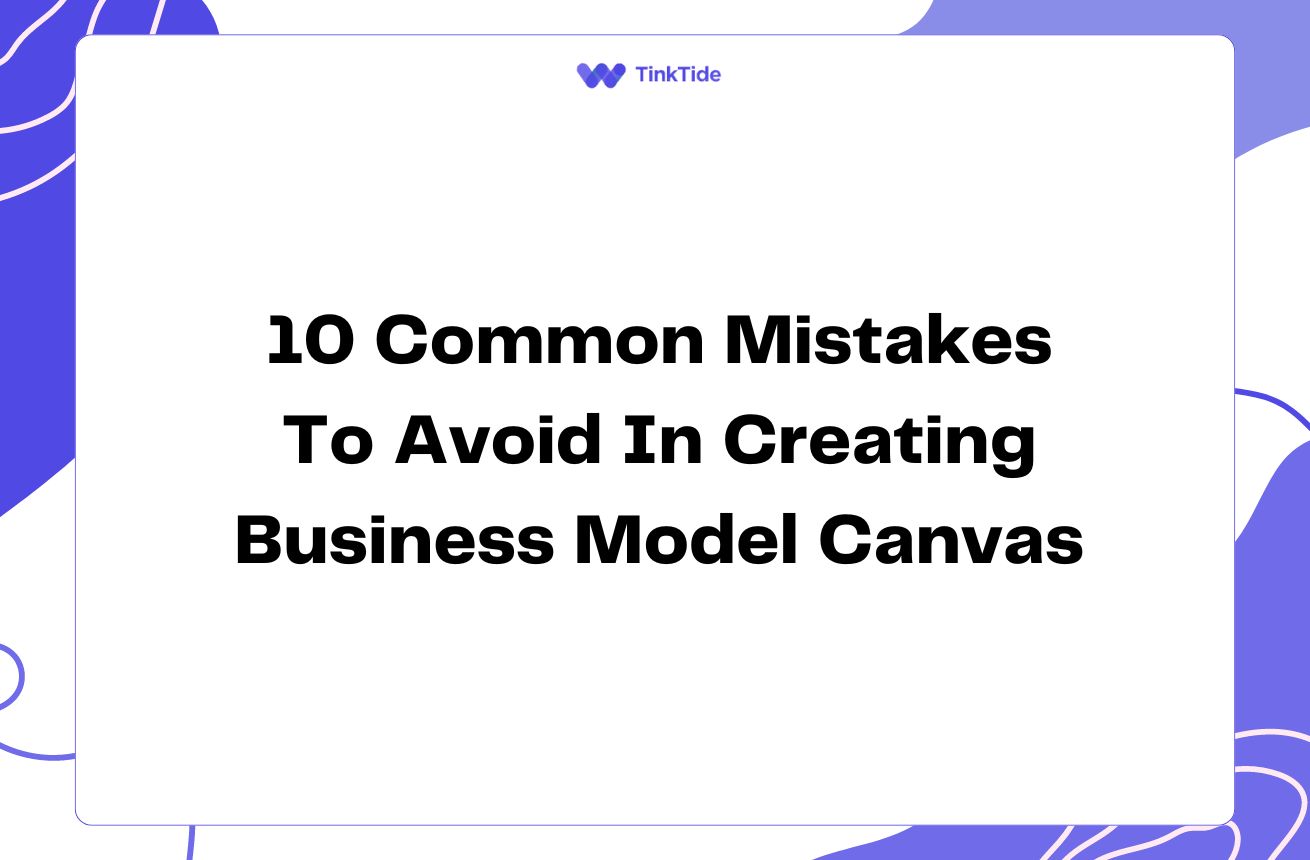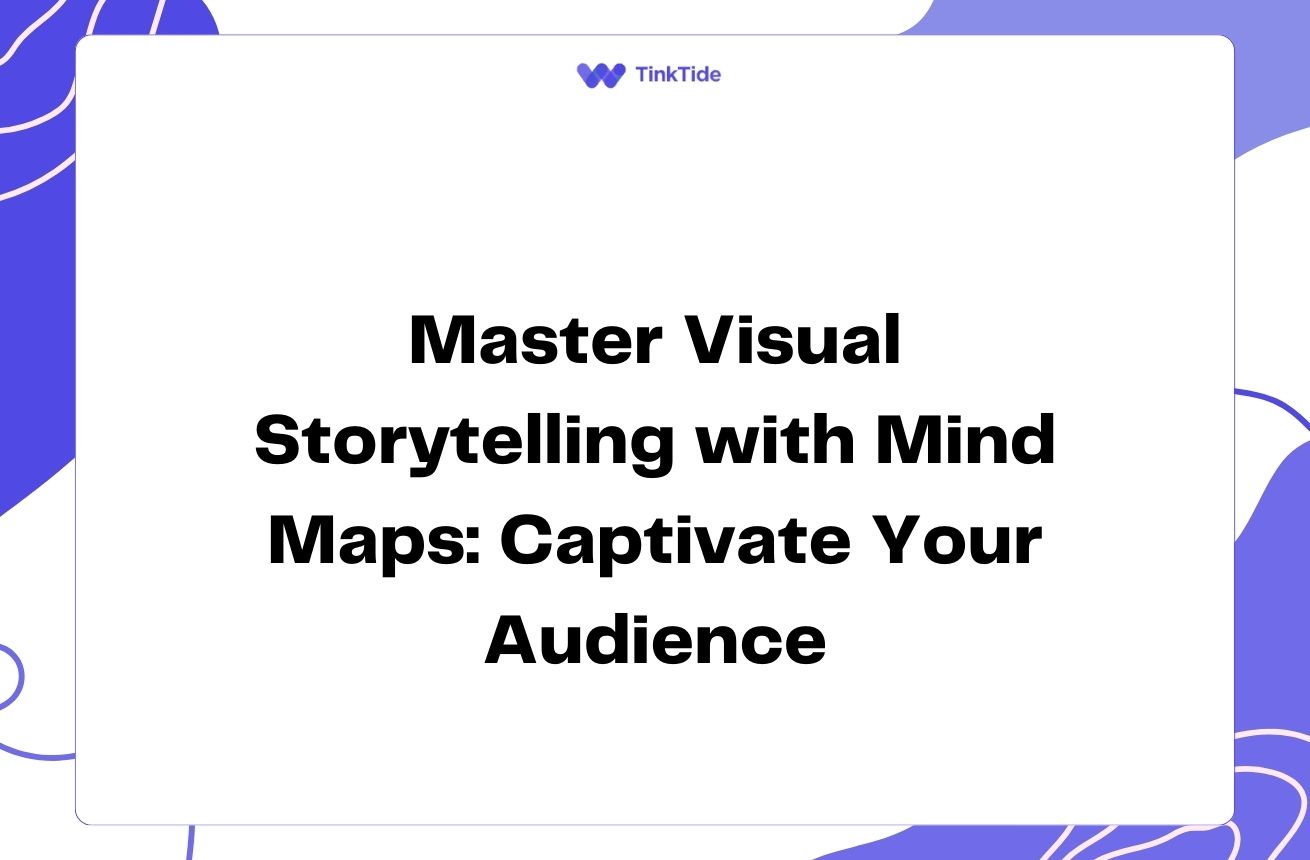Master Marketing Mind Maps: A Step-by-Step Guide
Understanding Mind Maps for Marketing
Mind maps are powerful visual tools that can revolutionize your marketing strategy. They help you organize ideas, plan campaigns, and streamline complex tasks. By creating a visual representation of your thoughts, you can easily identify connections and patterns that might otherwise go unnoticed.
In marketing, mind maps can be particularly useful for brainstorming content ideas, planning social media strategies, or mapping out customer journeys. They allow you to see the big picture while also drilling down into specific details, making them ideal for both high-level planning and tactical execution.
To get started with mind mapping for marketing, you'll need to familiarize yourself with the basic structure. A central idea or topic sits at the center, with related subtopics branching out from it. These branches can then be further expanded with additional details, creating a hierarchical structure that's easy to navigate and understand.
Essential Tools for Mind Mapping
While you can create mind maps with pen and paper, digital tools offer more flexibility and features. Here are some popular mind mapping tools for marketers:
- MindMeister: A collaborative online mind mapping tool
- XMind: Offers both free and paid versions with advanced features
- Coggle: Simple and intuitive, great for beginners
- MindMup: Free and integrates well with Google Drive
- Mindomo: Offers templates specifically for marketing and business
Step-by-Step Guide to Creating Marketing Mind Maps
Follow these steps to create effective mind maps for your marketing tasks and ideas:
- Step 1: Define your central topic or goal
- Step 2: Identify main branches or categories
- Step 3: Add subtopics and details to each branch
- Step 4: Use colors and icons for visual organization
- Step 5: Review and refine your mind map
- Step 6: Share and collaborate with your team
Applying Mind Maps to Different Marketing Tasks
Mind maps can be applied to various marketing tasks. For content planning, start with your main topic in the center and branch out to different content types, themes, and distribution channels. When planning a social media strategy, use the central hub for your brand and create branches for each platform, content pillars, and engagement tactics.
For customer journey mapping, place your ideal customer at the center and map out their touchpoints, pain points, and decision-making process. This visual representation can help you identify opportunities for improvement and personalization in your marketing efforts.
When brainstorming for a new product launch, use a mind map to explore features, benefits, target audience segments, and potential marketing channels. This approach can help you quickly generate and organize ideas, ensuring no important aspects are overlooked.
Best Practices for Effective Mind Mapping
To make the most of your marketing mind maps, consider these best practices:
- Keep it simple: Start with basic ideas and expand gradually
- Use keywords: Stick to single words or short phrases for clarity
- Employ visual hierarchy: Use size and proximity to show relationships
- Incorporate images: Add icons or small images to enhance understanding
- Review and revise: Regularly update your mind maps as projects evolve
- Collaborate: Share your mind maps with team members for input and ideas
Overcoming Common Mind Mapping Challenges
While mind mapping can be incredibly useful, it's not without its challenges. One common issue is overcrowding, where too much information makes the map difficult to read. Combat this by creating multiple, focused maps rather than trying to fit everything into one.
Another challenge is maintaining consistency across team members. Establish guidelines for colors, icons, and structure to ensure everyone creates maps in a similar style. This will make it easier to share and understand maps across the team.
Lastly, don't let the tool become a distraction. While it's tempting to spend time making your mind map visually perfect, remember that the primary goal is to organize and clarify your thoughts. Focus on content first, and refine the aesthetics later if time allows.
Integrating Mind Maps with Other Marketing Tools
Mind maps can be even more powerful when integrated with other marketing tools. For example, you can use mind maps to outline the structure of your content management system (CMS), helping you visualize your content hierarchy and identify gaps in your strategy.
When used in conjunction with project management tools like Trello or Asana, mind maps can serve as a high-level overview of your marketing campaigns, with each branch corresponding to a board or project in your task management system.
For data-driven marketers, mind maps can be used to structure your approach to analytics. Create a map that outlines key metrics, data sources, and reporting schedules to ensure you're tracking the right information to inform your marketing decisions.
Address common questions
Here are some frequently asked questions about using mind maps for marketing tasks:
How often should I update my marketing mind maps?
It's best to review and update your mind maps regularly, especially when starting new projects or campaigns. For ongoing strategies, aim to revisit your maps at least once a quarter to ensure they reflect current goals and market conditions.
Can mind maps replace traditional marketing plans?
While mind maps are excellent for brainstorming and visualizing ideas, they shouldn't completely replace detailed marketing plans. Instead, use mind maps as a complementary tool to help structure and inform your more comprehensive written plans.
How can I use mind maps for competitive analysis?
Create a mind map with your competitors as main branches. For each competitor, add sub-branches for their strengths, weaknesses, unique selling propositions, and marketing strategies. This visual comparison can help you identify gaps in the market and opportunities for differentiation.
Are there any industry-specific mind mapping techniques for marketing?
While the basic principles of mind mapping apply across industries, you can tailor your approach. For example, e-commerce marketers might focus on customer journey mapping, while B2B marketers might create more detailed maps of lead nurturing processes.
How can I measure the effectiveness of using mind maps in my marketing process?
Track metrics such as time spent on planning, team alignment on projects, and the successful execution of marketing initiatives. You can also gather qualitative feedback from your team on how mind maps have improved their understanding and productivity.
Provide additional resources
The Mind Map Book
A comprehensive guide to mind mapping by Tony Buzan, the inventor of modern mind mapping
Mind Mapping for Marketers
A blog post with specific examples of how marketers can use mind maps
Visual Thinking Course
An online course to improve your visual thinking skills, including mind mapping
Marketing Strategy Template
A pre-made mind map template for marketing strategy
Mind Mapping Software Comparison
A comparison of different mind mapping tools to help you choose the right one
Summarize key takeaways
Mind mapping is a powerful technique that can significantly enhance your marketing efforts. By visually organizing your ideas and strategies, you can improve creativity, streamline planning processes, and foster better team collaboration.
Remember to start with a clear central idea, use branching to explore related concepts, and leverage colors and icons to enhance understanding. Regularly update your mind maps and integrate them with other marketing tools for maximum effectiveness.
Start incorporating mind maps into your marketing workflow today. With practice, you'll find that this visual thinking approach can lead to more innovative ideas, better-organized campaigns, and ultimately, more successful marketing outcomes.
Streamline Your Marketing with Mind Maps
Ready to revolutionize your marketing strategy? Try our mind mapping tool and see the difference in your productivity and creativity.
Start Your Free Trial

